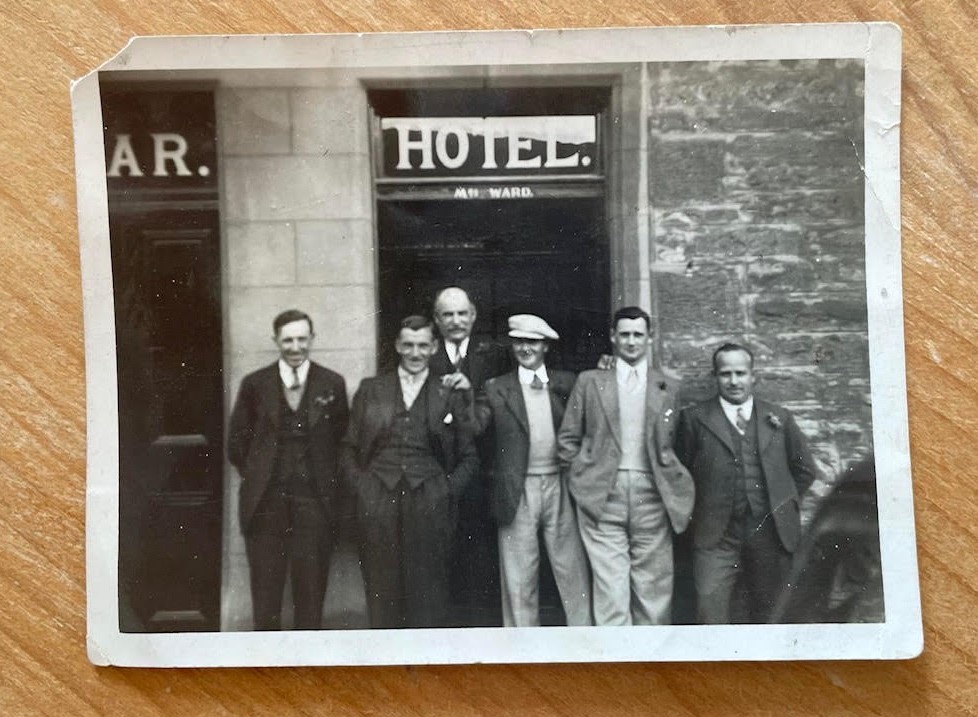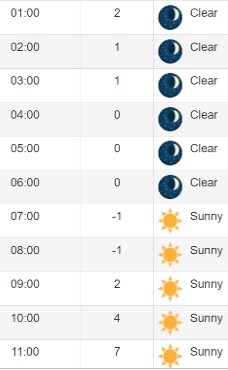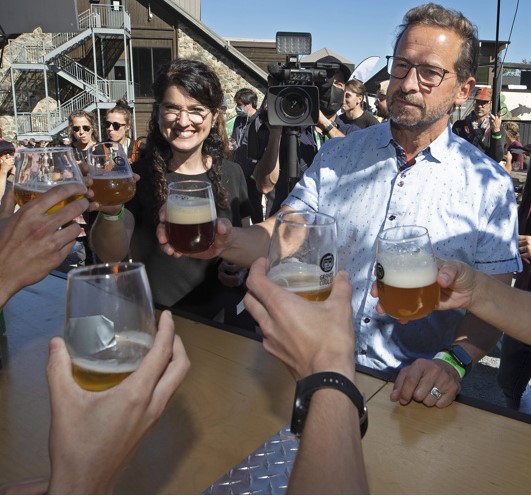 So, the election is halfway through and the pending arse kicking three weeks from now seems to be still on track. As fans of beer, we are familiar with the concept of attenuation and yeast efficiency. Right? Well, the Tories in Canada have a history of voter inefficiency – which means they have too many of their voters lodged in too few ridings*. You get my point, right? Anyway, no new pictures of beer being poured on the campaign trail to share this week – but to be fair in 2021’s campaign, Bloc quebecois leader Yves-François Blanchet hit a beerfest as illustrated. I am hoping we get more poliiticans at the tap before this all ends on April 28th. Interesting to note that there is at least one Rhinocéros Party** candidates this time around and that at least one candidate is a beer fan:
So, the election is halfway through and the pending arse kicking three weeks from now seems to be still on track. As fans of beer, we are familiar with the concept of attenuation and yeast efficiency. Right? Well, the Tories in Canada have a history of voter inefficiency – which means they have too many of their voters lodged in too few ridings*. You get my point, right? Anyway, no new pictures of beer being poured on the campaign trail to share this week – but to be fair in 2021’s campaign, Bloc quebecois leader Yves-François Blanchet hit a beerfest as illustrated. I am hoping we get more poliiticans at the tap before this all ends on April 28th. Interesting to note that there is at least one Rhinocéros Party** candidates this time around and that at least one candidate is a beer fan:
Anthony Mitchell, a retired elementary school principal running for the Rhinoceros Party in Sarnia-Lambton-Bkejwanong, says he has no campaign budget, just a red nose and a slogan… Mitchell, who grew up in Sarnia, said he’s married, though “my wife doesn’t admit that she’s married to me during the election,” he said. He has two children and six grandchildren. “My hobbies are going to concerts and festivals,” he said. “I brew my own beer in my garage.”
Otherwise… all the news is bad.  Still bad. And you all fell bad. And you should. So… it is no surprise that some folk are actually having more fun than you. Much more fun. There they are, off on their holly jollidays saying things like “yipee!!” and “wheeeeeee!!!” And there they are, in Timișoara Romania having more fun than you. Birthplace of the 1989 revolution. Wow. Less happy recently (but probably still happier than you) was The Beer Nut who wrote this upon the consideration of one beer’s branding as compared to the experience of its consumption:
Still bad. And you all fell bad. And you should. So… it is no surprise that some folk are actually having more fun than you. Much more fun. There they are, off on their holly jollidays saying things like “yipee!!” and “wheeeeeee!!!” And there they are, in Timișoara Romania having more fun than you. Birthplace of the 1989 revolution. Wow. Less happy recently (but probably still happier than you) was The Beer Nut who wrote this upon the consideration of one beer’s branding as compared to the experience of its consumption:
The badge implies that it’s one in a series called “Modern Classics” and that it’s a “celebration stout”. Celebrating what, and how do the whiskey and coffee enter the picture? Not in the flavour, anyway. This tastes very plain indeed, and though it’s not powerhouse-strength, 5.5% ABV is plenty to give a stout character. Here, the extent of the coffee is no more than you’d find in any typical dry stout. There’s nothing resembling whiskey at all, so I doubt it’s barrel-aged. Whisky-soaked oak chips, maybe? Sorry, there are more questions than answers with this one. I was a bit bored by it, not to mention confused.
So many questions, had he. Similarly, question-raising-wise, Lars shared some research on BlueSky, how he came across information from Jutland, Denmark where there were stories related to:
…their “gammeltøl”, strong farmhouse ale brewed in spring and drunk in autumn, that they laid an egg in the barrel. This was common. She adds that “from this egg there might come a basilisk.” That’s not common. Decided to search for “basilisk” and found another mention. She says they believed that if the gammeltøl became too old a basilisk might come into it, and it had eyes everywhere. If it looked at anyone, they died. She’d heard that one place they’d heard the basilisks in the barrel, and then the barrel and the beer were both buried in the ground out of fear of the basilisks.
Creepy.*** Almost as disturbing is this article in The Guardian about how a character in an upcoming film prefers an odd beer cocktail:
“Coke and beer.” Coke and beer. Coke – and beer? Coke and beer! Who is she, this Lucy? And why is she not like other girls? I have rarely been so taken by a trailer. Is this where I’ve been going wrong, I wonder, in dating and in life? I’ve always liked the idea of having a signature drink order. It seems to mark you out as a person of taste and distinction – someone with a history, who knows things. Medium house red says basic, cheap, vaguely health-conscious. Coke and beer, on the other hand, feels provocative, intriguing and a bit peevish, maybe in a sexy way.
Maybe. Or maybe batshit nutso. Anthony Gladman wrote about perhaps a more sensible drink but perhaps one had at a less sensible time – the nightcap:
As the first drink of the night is different to those that follow, so is the nightcap a drink apart. It is not simply the last drink of the night but the one you sneak in after that — perhaps on your own, but more likely with someone special, someone to whom you’re not quite ready to say goodbye or goodnight. A nightcap is both the drink and the occasion that surrounds it. All we have in life, ultimately, is time. So to opt for a nightcap is to place extra weight on the time spent drinking it and, retrospectively, on the time that led up to it. A nightcap means the evening was so good you can’t allow it to end just yet — or so bad you need to put it right immediately.
That’s one of those things that brings back memories, yes, good and bad. Mainly bad, frankly. Why did I drink that? Why did I do that? But back to the now and the real and as noted at the end of last week‘s update, the US plunked a tariff on beer and left EU brewers confused as to what exactly was covered by this executive:
The tariff’s scope has left companies uncertain whether to ship — or sit tight and hope for clarification. Belgian brewers, already operating on tight margins, fear a prolonged standoff. “We don’t know how long the measure will be in effect, and that uncertainty is already damaging,” Raf De Jonghe, head of Belgian brewers’ group BEER, told Belgian daily Nieuwsblad. As confusion mounted, the U.S. Commerce Department clarified that the tariff is not intended to apply to the beer itself. “Tariffs on imported beer only apply to the value of the aluminum content of the beer can, and not to the beer itself,” a Commerce Department spokesperson said in a statement emailed to POLITICO. “Imports of the empty aluminum cans will be tariffed for their full value.”
Mexico was confused by the news as well. Everyone‘s confused. It wasn’t just me. What else is going on? Well, there was one more stake in the heart of “That Craft Thing What Was” is in this note from Beer Marketer’s Insights:
Sunset Distributing, a subsidiary of Hand Family Companies of TN (led by JR Hand) will buy 2 distribs, craft-centric Stone Distributing and NA-bev oriented Classic Dist. Both in one fell swoop. They total about 15 mil cases, about one third NA. Deal expected to close in about 60 days
What was “a key piece of Stone Brewing” is now just a branch of a big beer distributor. Speaking of big money, according to Craft Brewing Business:
…a rare Chief Oshkosh Crowntainer beer can fetched an eye-popping $111,150 at Morean Auctions. The early 1950s can, believed to be the only one of its kind… It was likely held in a safe at Oshkosh Brewing Co. for years. After the brewery shuttered, the can passed through a series of passionate collectors — from a mailman-car-bartering deal in the ‘70s to a wooden replica carved by a regretful ex-owner. Over the decades, it changed hands through legends of the hobby: Paul Esslinger, Dave Peck, Bob McCoy, and more. Each trade layered mystique, and when it hit the Morean stage in 2025, collectors knew: this was *the* can.
Relatively speaking, Youngs Brewing is doing less well than that old beer can… at least and perhaps only on the stock market:
We regret to report that long term Young & Co.’s Brewery, P.L.C. (LON:YNGA) shareholders have had that experience, with the share price dropping 48% in three years, versus a market decline of about 7.0%. And over the last year the share price fell 23%, so we doubt many shareholders are delighted. Shareholders have had an even rougher run lately, with the share price down 15% in the last 90 days… Young’s Brewery became profitable within the last five years. We would usually expect to see the share price rise as a result. So it’s worth looking at other metrics to try to understand the share price move. Revenue is actually up 19% over the three years, so the share price drop doesn’t seem to hinge on revenue, either.
Why? Similarly with the why, Mike Kanach alerted us all to the fight between two US law firms over, what, a slogan? We don’t do this in the law trade over here in dull old Ontario – which probably helps avoid this sorta stuff:
Raleigh-based Matheson & Associates PLLC filed trademark infringement claims April 2 in the U.S. District Court for the Eastern District of North Carolina, saying that Denver law firm Whitcomb Selinsky PC is causing confusion by using the name “Beer Law HQ.” Matheson attorney John R. Szymankiewicz has used the “Beer Law Center” moniker to promote his legal services at brewers’ conferences since 2013, according to the suit. In 2015, Szymankiewicz federally registered the first of several “Beer Law Center” trademarks in the category of “attorney services.” Szymankiewicz is the founder and managing partner of Beer Law Center, one of Matheson’s subsidiaries along with the firm’s Vice Law Center…
Question: will both Czech beer culture and British cask ale be recognized under the 2003 UNESCO Convention for the Safeguarding of Intangible Cultural Heritage? Given that one has the backing of two web-based beer influencers**** and the other is being promoted by the Czech Beer and Malt Association with, umm, government support, err, I know where my money is going… when I am not saving up for that beer can:
If Czech beer culture gets listed by UNESCO, it would be the second after Belgium, listed in 2016 — which Slunecko said “really boosted the reputation of local beer-making, not only inside Belgium, but also abroad.” The Czech Ministry of Culture already put it on the national list in January — a necessary condition for international recognition — while Slunecko and others are embarking on promoting their bid.
Note: “Jeremy Clarkson’s beers recalled because of “possible health risk” ” !!!
Finally, in Pellicle, Vince Raison introduced his story of The Green Goddess in Blackheath, London with some refreshingly honest personal reflections on facing the year he turns 64:
The doctor gently suggested some lifestyle changes. More (or some) exercise. Improved diet. The usual stuff. Then she proposed I take three consecutive days off alcohol a week to avoid gout attacks and otherwise unnecessary medication. “I’ll do you one,” I said, not terribly wisely. She reminded me that it was for my benefit, that I was the only one in this ‘negotiation’ that had any skin in the game, as it were. Not just skin, but actual organs. I have friends who have gone sober and are very happy about it, but that’s not for me, despite their increased vim and vigour. I needed a Third Way. A strategy for survival that still involves my beloved local pub.
That is it for now. While you consider your own actual organs or even holly jollidays, please check out Boak and Bailey every Saturday (…as long as all their holiday fun doesn’t get in the way…) and Stan going strong again each and every Monday. Then listen to a few of the now rarely refreshed Lew’s podcasts and get your emailed issue of Episodes of my Pub Life by David Jesudason on the (sometimes even but never) odd Fridays. And maybe The British Food History Podcast. Maybe? And Phil Mellows is at the BritishBeerBreaks. Once a month, Will Hawkes issues his London Beer City newsletter and do sign up for Katie’s wonderful newsletter, The Gulp, too. Ben’s Beer and Badword is out there with the all the sweary Mary! And check out the Atlantic Canada Beer Blog‘s weekly roundup. There is new reading at The Glass which is going back to being a blog. Any more? We have Ontario’s own A Quick Beer featuring visits to places like… Michigan! All About Beer has given space to some trade possy podcasts and there’s also The Perfect Pour. Plus follow the venerable Full Pint podcast with an episode just last month!. And there’s the Craft Beer Channel on Youtube. Check out the archives of the Beer Ladies Podcast. That’s quite good but hmm they’ve also gone quiet this year. The rest of these are largely dead. And the long standing Beervana podcast …except they have now stood down. As has We Are Beer People. The Share looked to be back with a revival but now its gone quiet. And the Boys Are From Märzen podcast appears suspended as does BeerEdge, too. VinePair packed in Taplines as well. All dead and gone. There is more from the DaftAboutCraft podcast, too. Nope – that ended a year ago. The Moon Under Water is gone – which is not surprising as the ask was $10 a month. Pete Brown’s one cost a fifth of that – but only had the one post. Such is life. Such is beer podcasting and newlettering!
*Yes, we have ridings… not districts or wards or constituencies. Like Nicky Nicky Nine Door and good aged cheddar cheese, its part of the cultural heritage of being settled in significant part by West Country folk two centuries ago. And in this situation so many rural ridings vote Tory, that they can actually lose elections while still getting the most votes nationally. Arse kicking enhancement factor #1.
**And here is their platform of #1 promises…
***To offset that, here is a second, more charming Bluesky thread from Lars.
****Didn’t they try this in 2021?


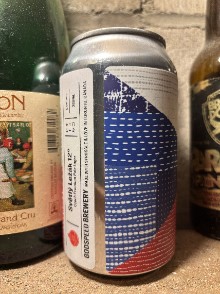
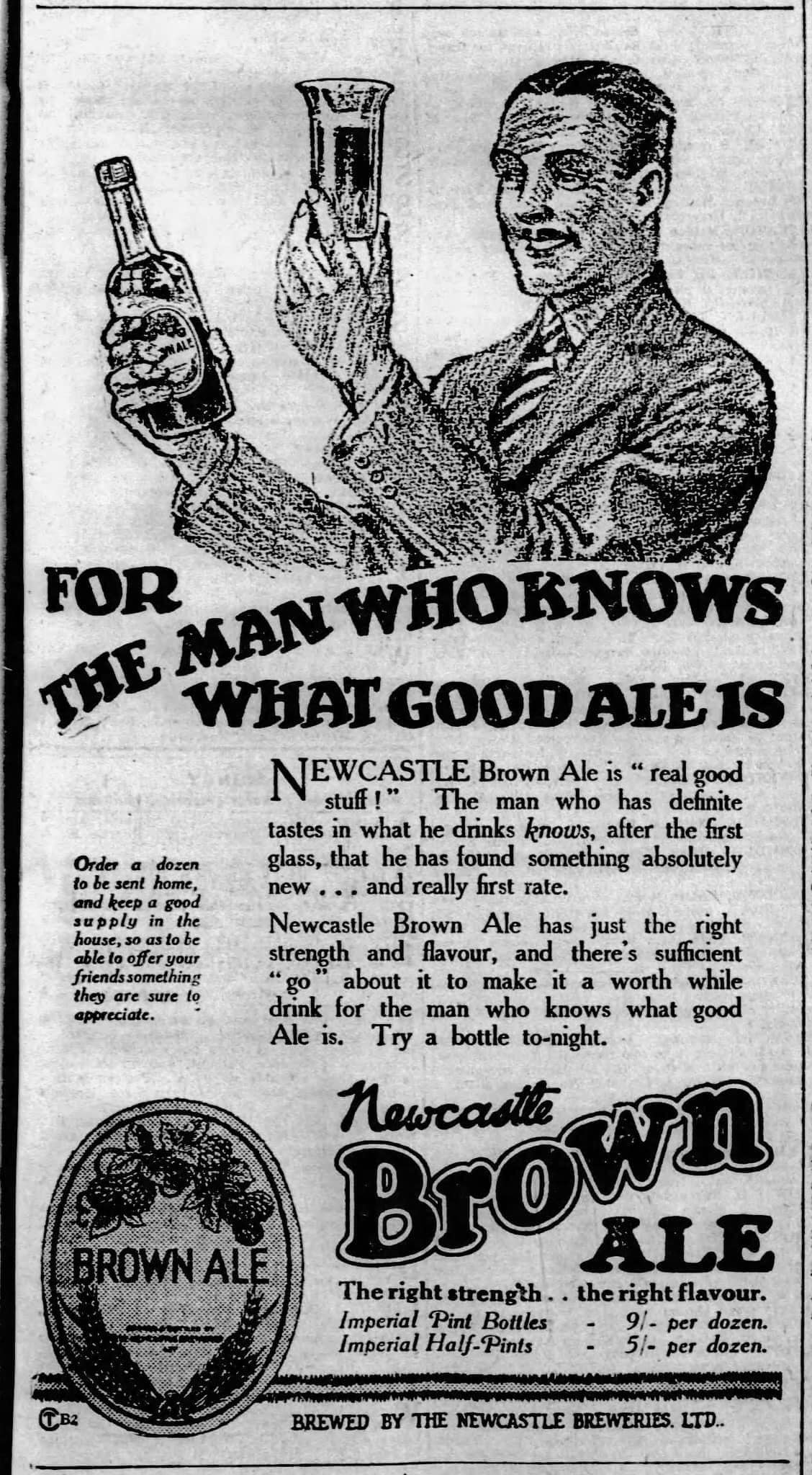 It will! Will it? Will it take? Will it last? Errr… will it even happen? Hmm… as I
It will! Will it? Will it take? Will it last? Errr… will it even happen? Hmm… as I 